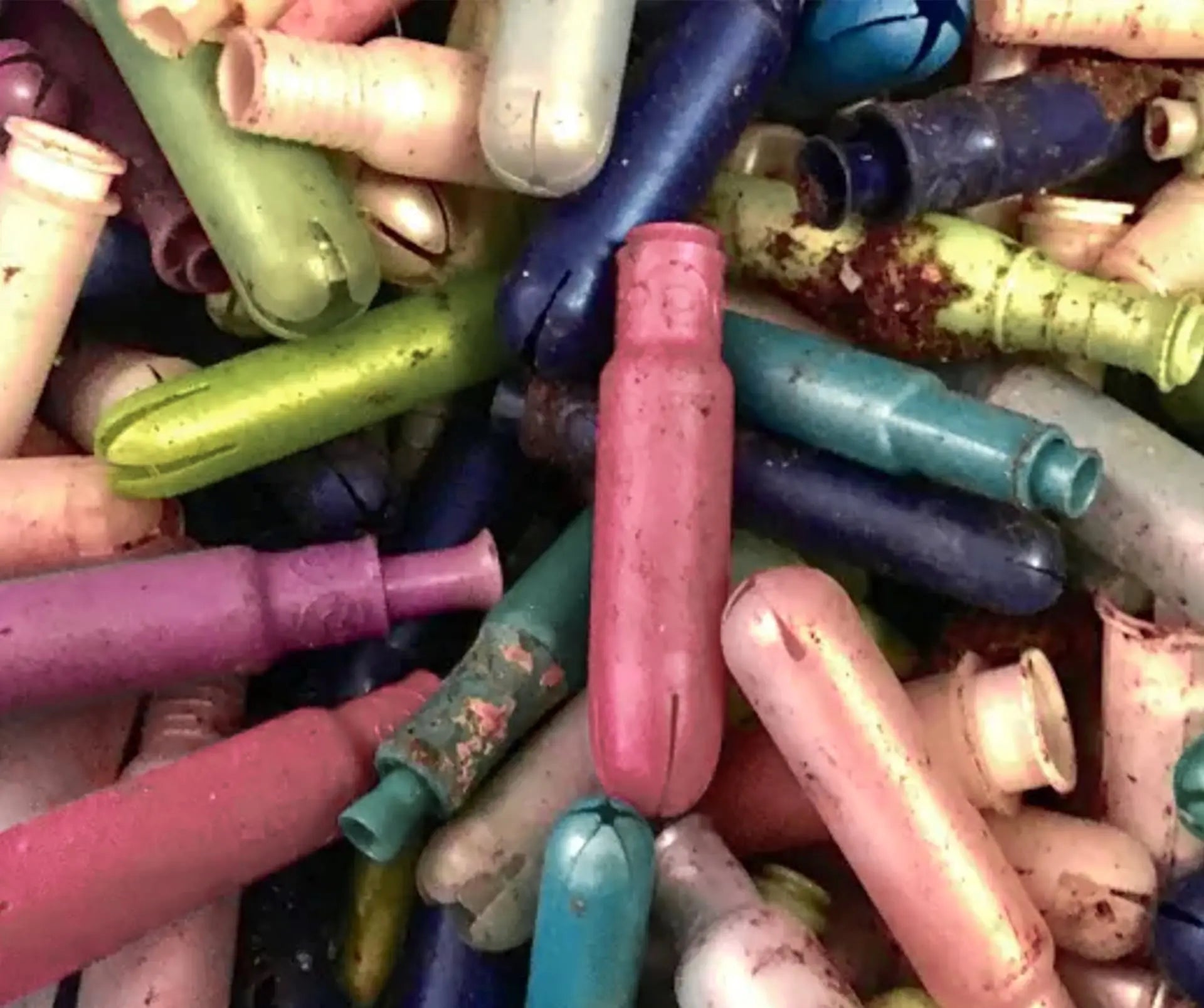The colossal environmental impact of disposable menstrual products
The colossal environmental impact of disposable menstrual products is considered by Greenpeace as one of the most polluting industries in the world. Here are the keys to understanding the impact of disposable tampons and pads on the environment, both upstream and downstream of their production.
### THE PRODUCTION OF RAW MATERIALS: from the outset, the impact is enormous.
Driven by media and regulatory pressure, manufacturers of disposable menstrual products are beginning to talk about the composition of their products. And that's a good thing! We've already discussed the issue of pad composition in this article. And today we know that tampons contain cotton (even if everyone suspected it).
Cotton, even though it's a natural product, is a plant grown with heavy use of fertilizers and pesticides to boost its productivity: 25% of the pesticides used worldwide are used for cotton!
India is the world's largest producer of cotton, and this cheap conventional cotton would be, according to some sources, the reason for a surge in cancer and autism cases in the region.
Unfortunately, cotton has another weakness: it is particularly water-intensive. And this applies to both conventional and organic cotton.
It takes between 7,000 and 29,000 liters of water to produce 1 kg of cotton, whether organic or conventional!
Among the other components of tampons, there is rayon (also called viscose or artificial silk). Marcia might dance a little less if she knew that rayon is wood pulp broken down in baths of caustic soda (or sodium hydroxide). So yes, soda is used to make soap. But also to unclog your toilets...
Used in an industrial setting, the soda that can be discharged raises the pH of waterways, posing a threat to aquatic life.
It also infiltrates the soil and contaminates it permanently. Once this soda bath is given, we get flakes that are mixed with carbon disulfide (look it up...) and then form a paste, which will be mechanically transformed into threads that will be cooled in a bath of sulfates and sulfuric acid (or vitriol).
In short, all these chemical components, sometimes toxic, are certainly used in factories that pay attention to the environment. But it remains that these components inevitably end up somewhere after their use...
Continuing on rayon, it is also water-intensive, as the viscose process requires between 400 and 11,000 liters of water for 1 kg of viscose.
As for pads, they are almost all 100% petroleum-based (except for certain brands of organic cotton pads). And even if it says "cotton sensation," the word "sensation" is very important...
So pads are plastic, petroleum. We don't need to draw a picture of the impact of petroleum processing, it's not great for the environment.
The super-absorbent gel (the little beads that swell) is composed of sodium polyacrylate crystals (or SAP). It too is a petrochemical derivative, but we did not find any information on the impact of its production.
Finally, whether we buy tampons or pads, they are often individually wrapped in plastic, some tampons have a plastic applicator, etc.
### After use, disposable protections generate a mountain of waste.
Each menstruating person uses approximately 290 disposable menstrual products per year in France. However, there are (just in France) more than 15.5 million of us who have our periods.
Every year in France, we throw away 4.5 billion menstrual products!
It is very difficult to imagine what this represents, isn't it? So we took the average volume of a pad and its packaging, as well as the volume of a tampon and its packaging. And based on a 50% tampons, 50% pads distribution:
Every year in France, we throw away +1 million m3 of menstrual products!
Still a little difficult to imagine, isn't it? So let's talk concretely: A semi-trailer truck is 100m3. So 10700 semi-trailer trucks.
Still not very informative? 176 km of semi-trailer trucks in a row 🚛🚛🚛🚛
If you know Paris, the Montparnasse Tower measures 32x50m at the base and 210m high. So the Montparnasse Tower is 336,000 m3.
This means that every year, in France, we throw away the equivalent of 3 Montparnasse Towers of menstrual products.
And the worst part of all this is that menstrual products take 500 years to biodegrade and the materials they contain contaminate the soil and water for all that time.
The pollution generated is visible, but also invisible. Obviously, there are plastics that are sooner or later found in soils or oceans. Much is said about the plastic continent, about the fact that by 2050 there will be more plastic than fish on Earth.
But in 2016, a scientific team identified rayon fibers as the largest part of microplastics found in the marine environment. These microplastics poison animals and can end up in our food.
### How to limit menstrual waste?
Nowadays, sustainable menstrual solutions are much more accessible and practical than in the past.
Switching to The Cup is a credible and modern alternative that preserves both water resources and limits waste.
For those who prefer external protection, menstrual underwear and washable pads are durable and now performant, even if you will need water to wash them.
To a lesser extent, bio disposable protections are also a way to take a step towards the environment (even if, as we have seen, organic cotton uses a lot of water, and it remains disposable - but still biodegradable in most cases).
Every menstruating person who becomes aware of this has the opportunity today to find the protections that suit them. Good news, isn't it?



Comment
Bonjour,
Au bout de combien d’années d’utilisation est-il conseillé de changer de cup ?
Je ne trouve pas la réponse sur votre site.
Merci d’avance pour votre retour.
Caroline